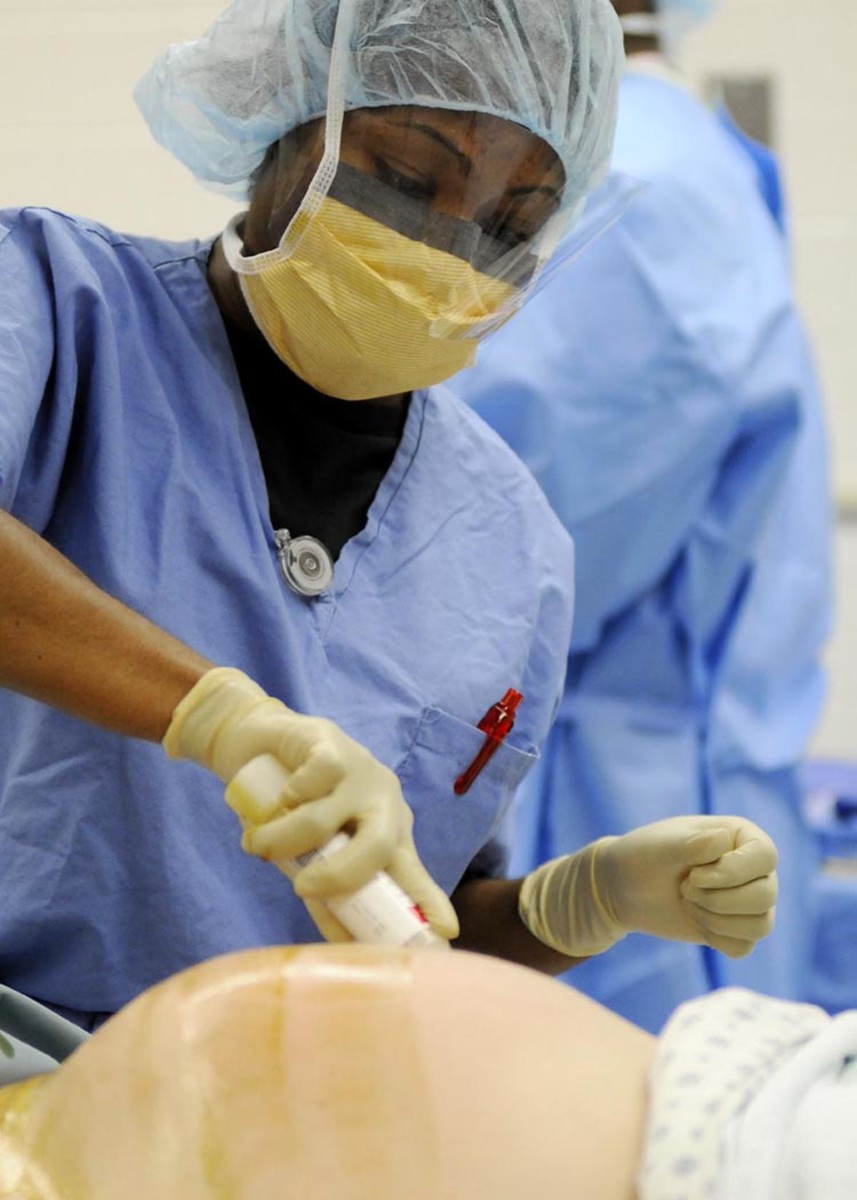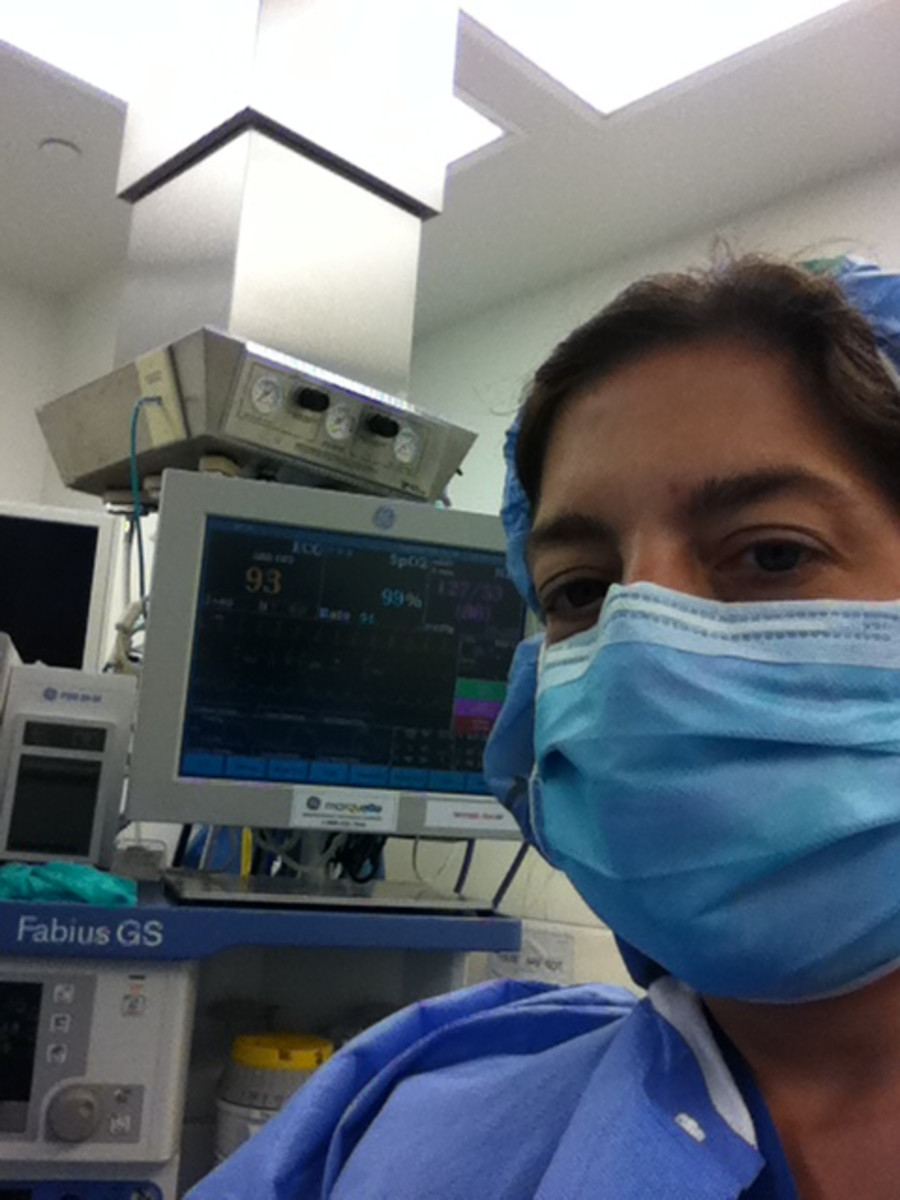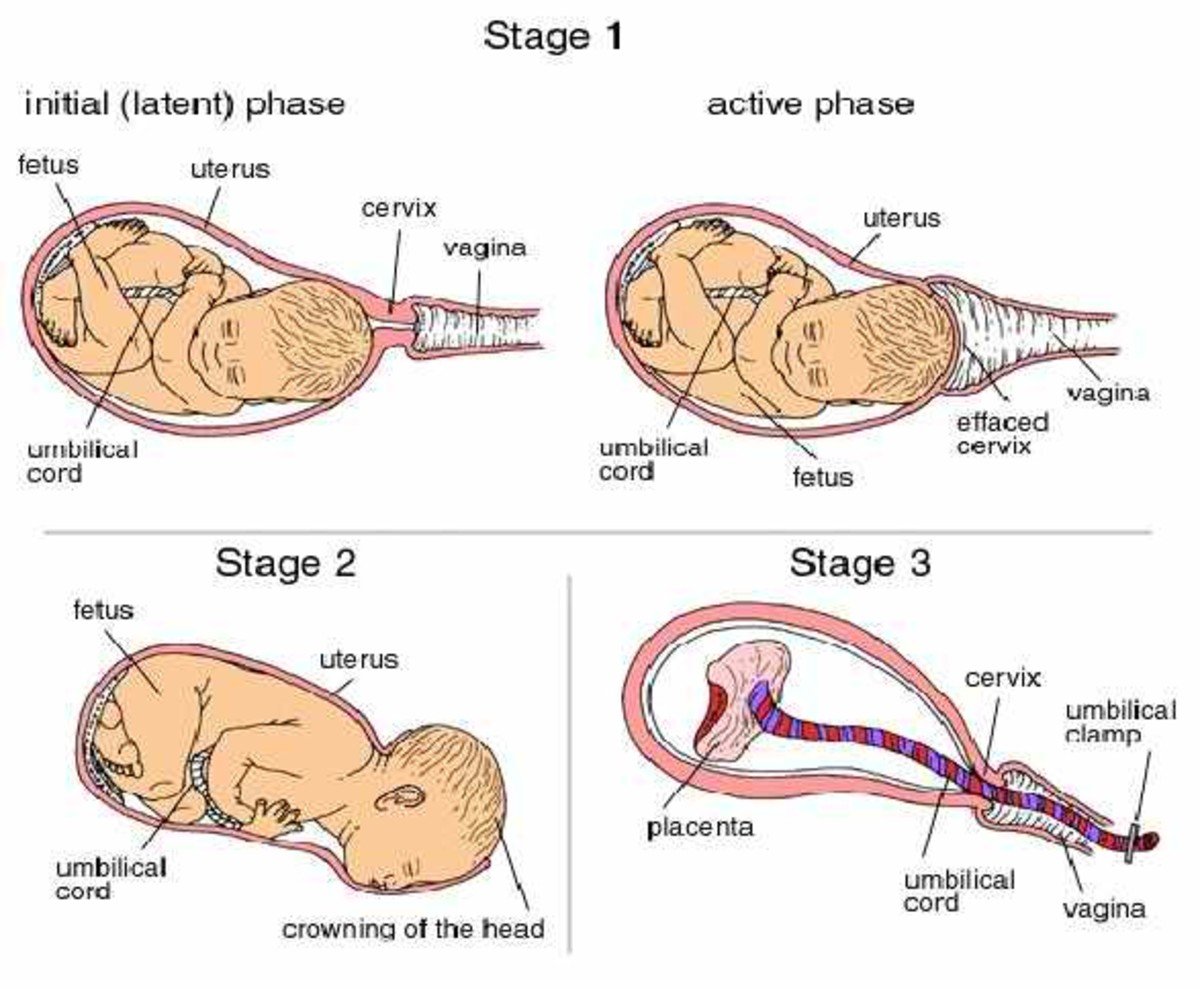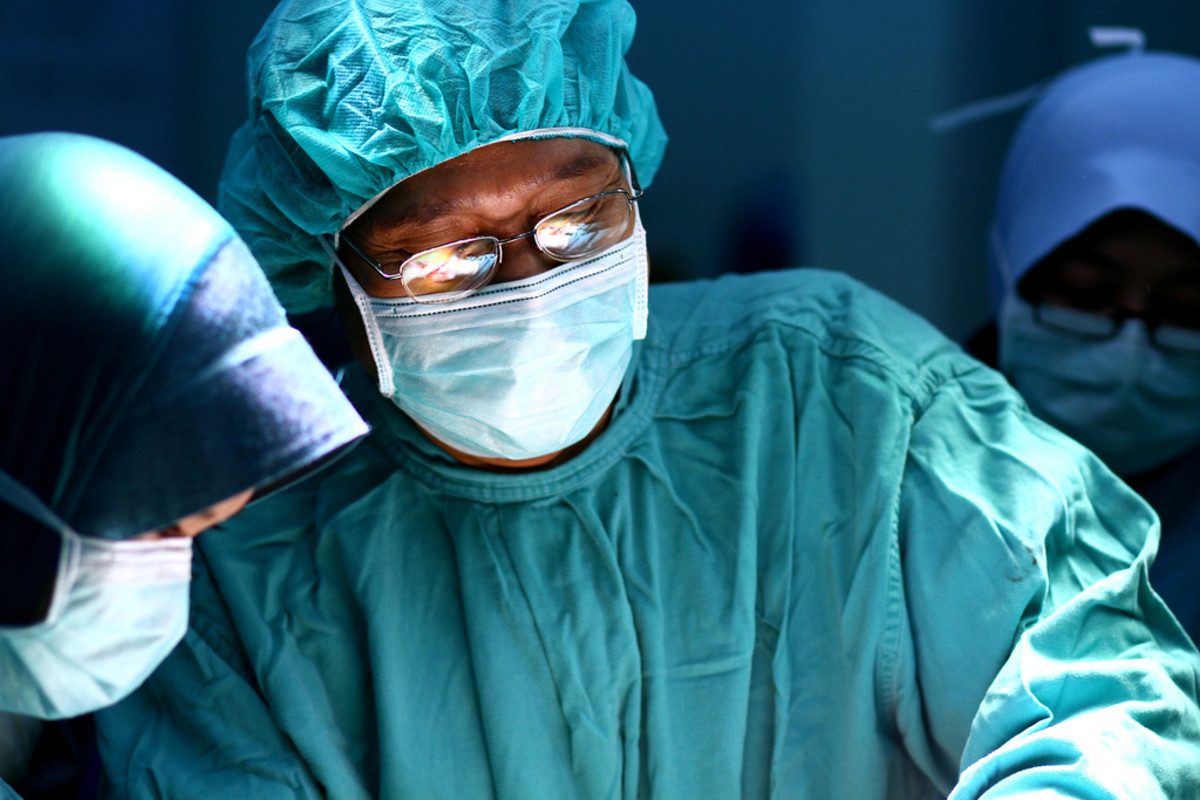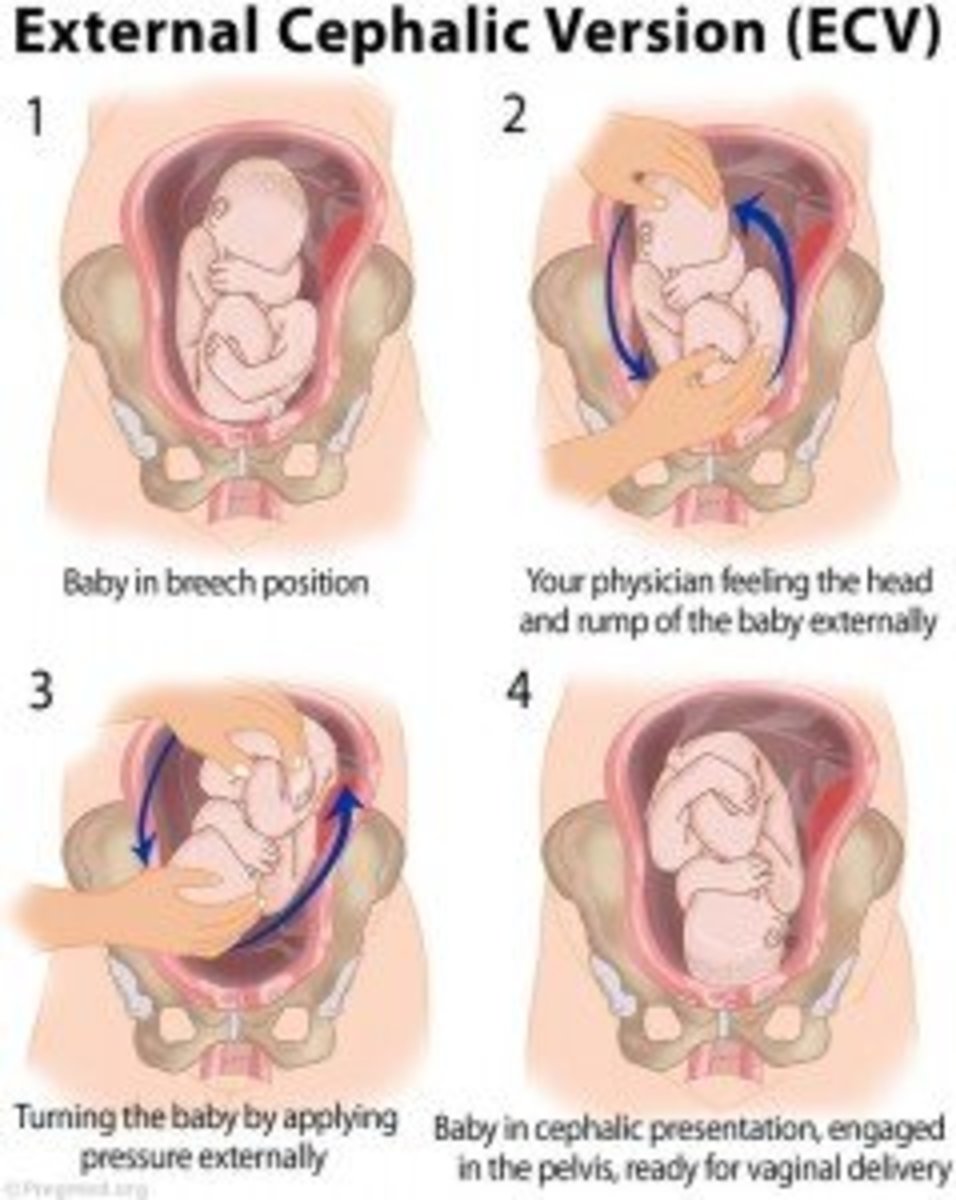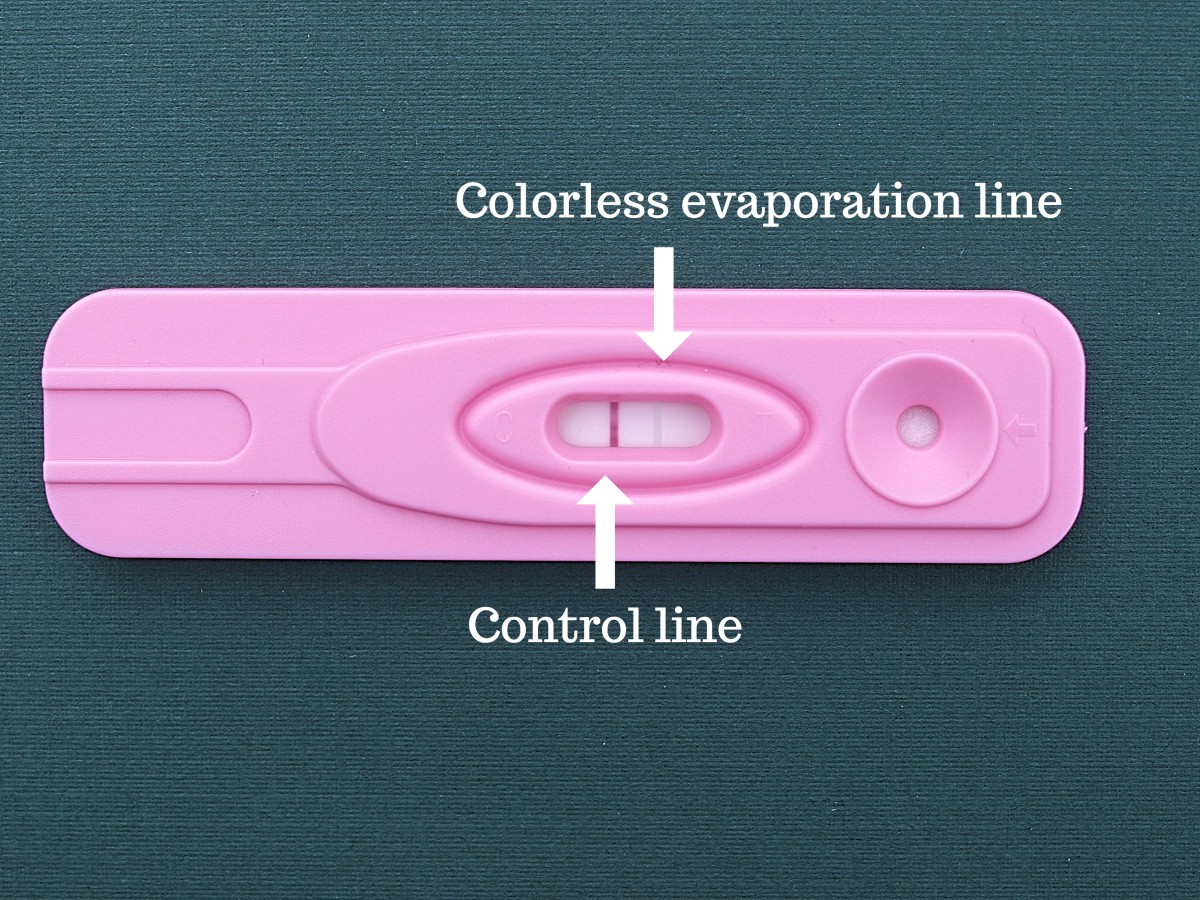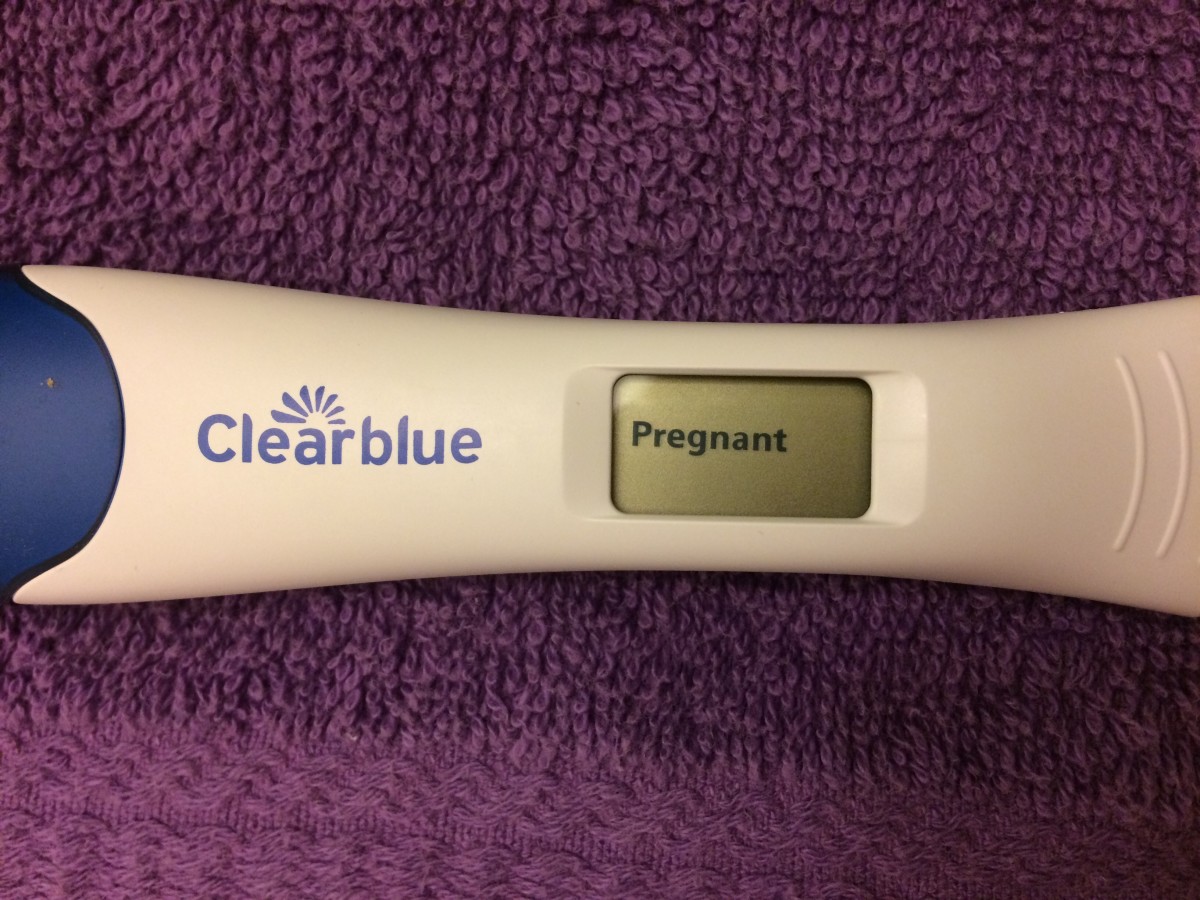High Cesarean Section Rates
Definitely, as we have heard several mothers have said that they would “prefer a caesarean section rather than a natural childbirth”. Usually, it is not only a fear of pain that lies behind such a statement, but also ignorance. They must understand that caesarean section is a surgery and like every other surgery, it carries certain types of risks. In addition, the recovery of mother who have had undergone cesarean section delivery is slower than that of a mother giving birth to a baby naturally. Cesarean delivery also carries an increased risk of infection, so the advantages are only apparent. One in five children around the world are born via cesarean section according to World Health Organization’s report. WHO has also completed its third research project on intrapartum care in the world centered in Asia and found out that women from India, Japan, China, Thailand, Philippines, Cambodia, Sri Lanka, Nepal, and Vietnam have had undergone a very large number of cesarean sections sometimes when they are not necessary. One of the possible reasons to explain the high caesarean section rates could be financial incentives for employees which approximately 62% of hospitals included in the report offer their workers to practice this intervention.
Also, according to the WHO report, the possibilities of entering the ICU were ten times higher for women undergoing planned cesarean sections and sixty seven times higher if it was practiced during delivery and there were no medical reasons to do it. In interviews held with clinicians, they agree that the rates of cesarean sections are increasing at a tremendous pace due to a lot of women opting for planned cesarean sections. Women themselves and media have been made responsible for these increasing rates. Since 1965, WHO has been recommending clinicians all over the world to reduce these rates noting that “we can conclude that women who choose to have a caesarean section and the doctors who recommend this surgery in the absence of a valid medical reason to justify it should make this important decision with the knowledge of its risks”.
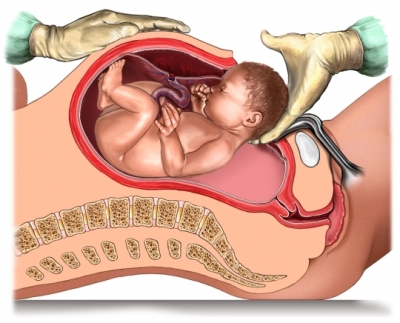
Now let us understand in what types of cases cesarean delivery is recommended, what are the precautions of C-sections, and how many days of hospital stay is necessary for this medical procedure.
What are the medical reasons for Cesarean Section?
There are several reasons why a cesarean section may be the best way to have a baby and they are:
- Umbilical cord prolapse.
- Urinary or vaginal infection.
- Lack of cervical dilation.
- Fetus too large to pass via the mother's pelvis.
- Acute fetal distress.
- Rupture of the umbilical cord.
- Placental abruption or placenta previa.
- Unusual presentation of the fetus.
- Medical problems of pregnant women including but not limited to certain chronic diseases like hypertension, diabetes, and active genital herpes at or before delivery, etc.
- Two or more previous cesareans.
What precautions a pregnant woman need to take at the time of entering the operating room?
Usually, gynecologists recommend a pregnant woman to not eat solid foods 6 hours before surgery but she can drink juice or water.
How many days of hospitalization is recommended for cesarean section delivery?
If all goes well, a minimum of three days hospitalization is recommended for cesarean delivery. In some cases, hospital stay needs to be extended. Usually, a mother gets fully recovered in 15 to 20 days from the date of delivery.
If a woman has undergone cesarean section at the birth of first baby, do doctors need to again perform a cesarean delivery in the second pregnancy?
After undergoing a caesarean section in first pregnancy, you can try natural birth at the second, but if you have had 2 or more C-sections, a vaginal birth is not at all recommended.

